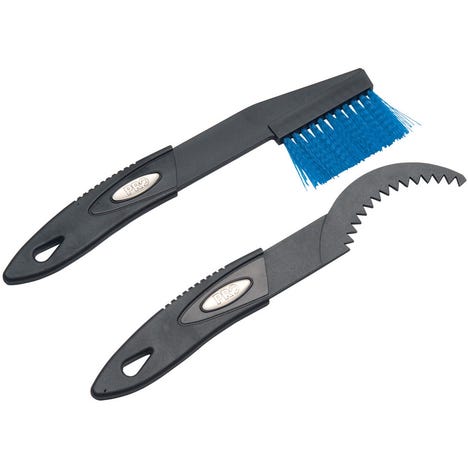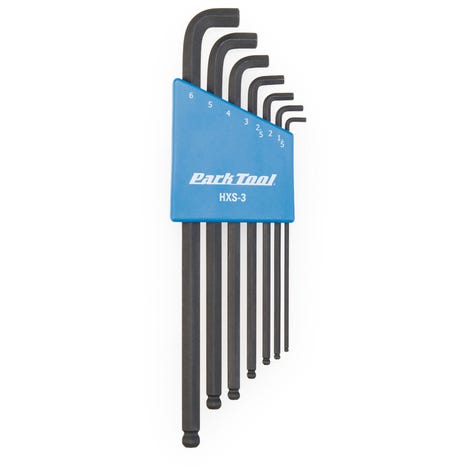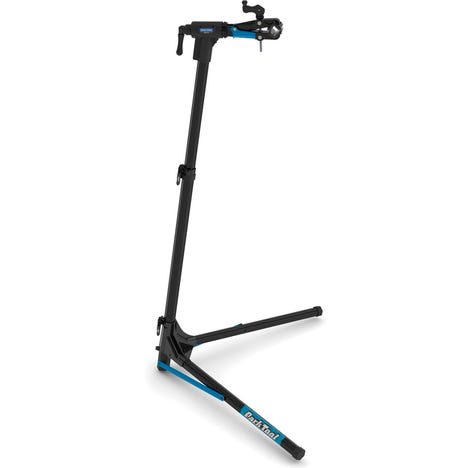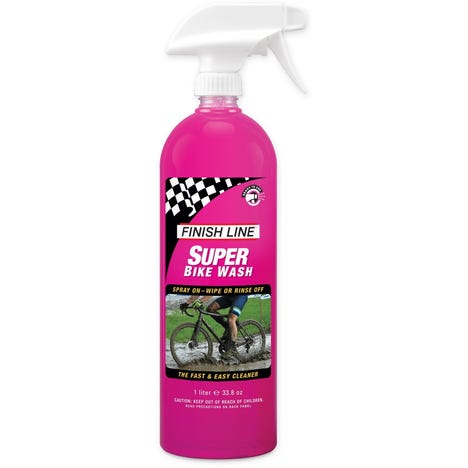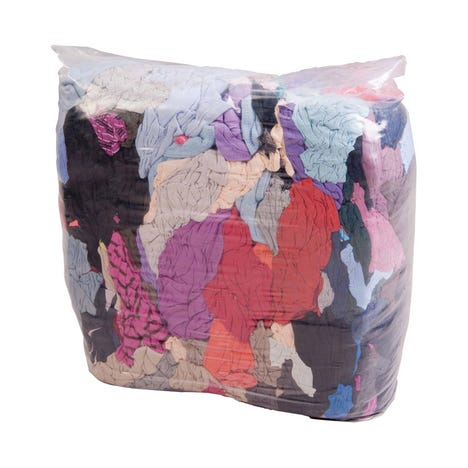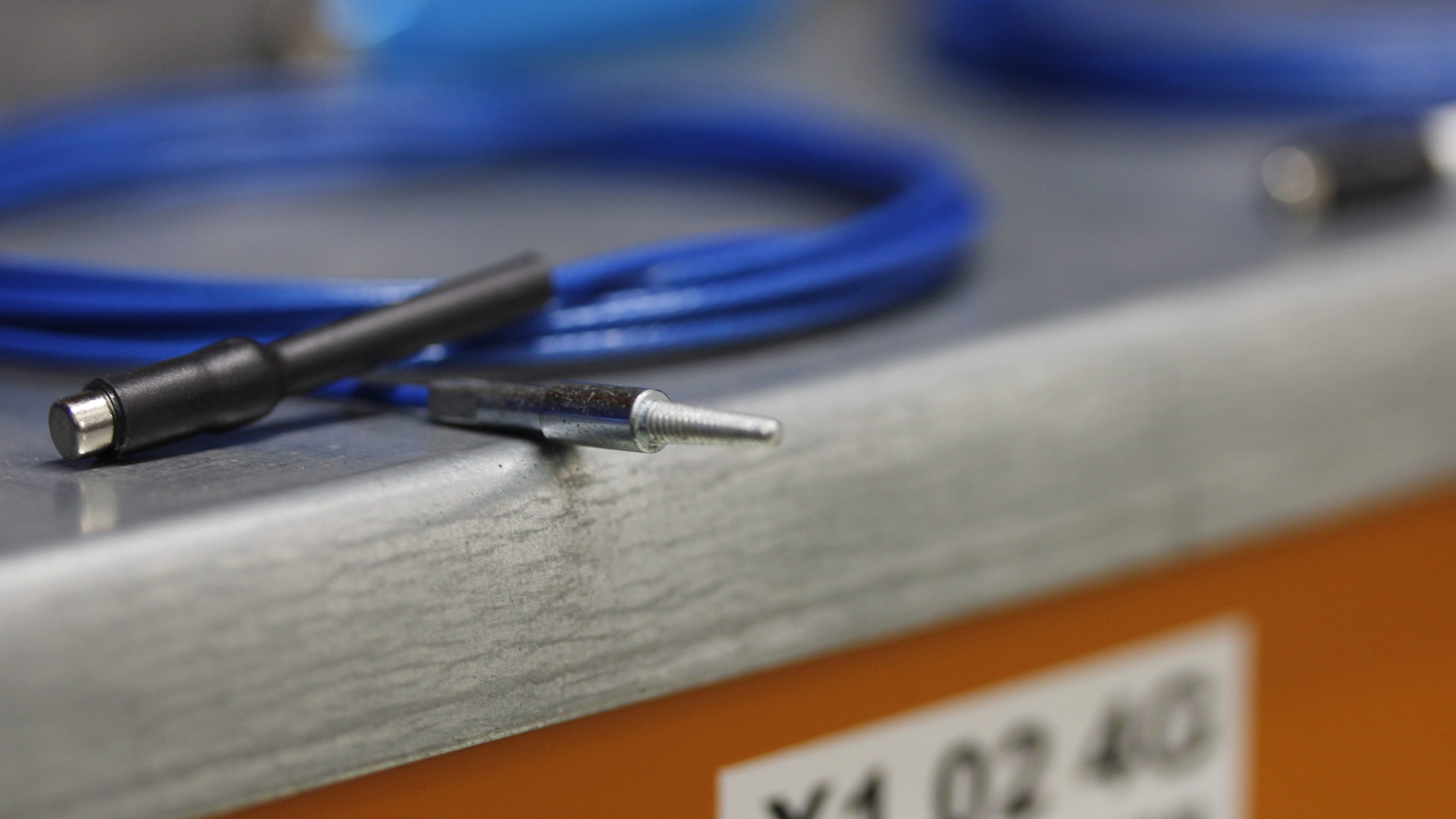What do you need to build a home workshop?
There are some things you absolutely need in a home workshop and some things you don't. Here's our guide to helping you make the right decisions.
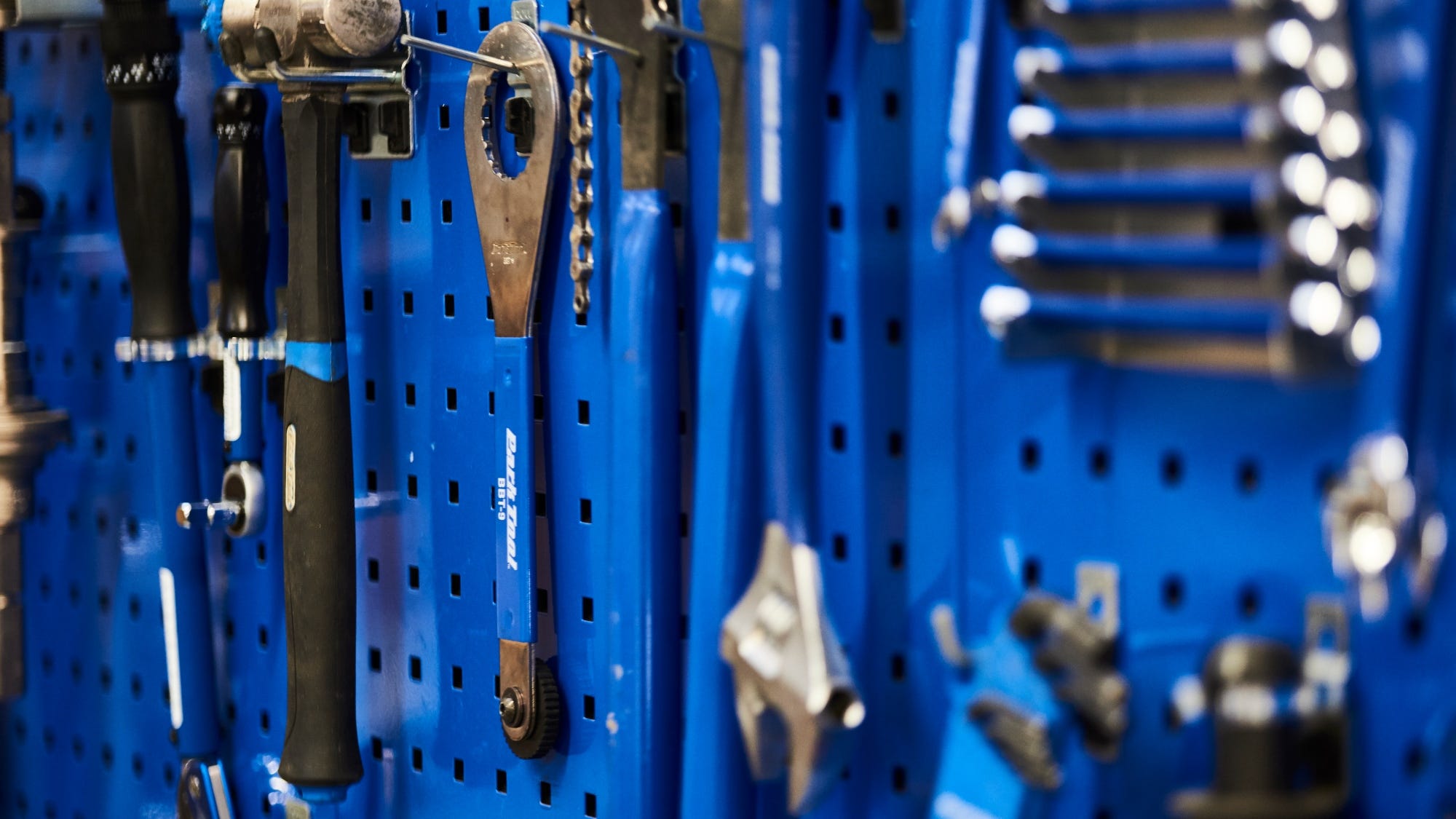
Building a home workshop doesn't actually require as much stuff as you might think - it can be as simple as a stand, a work surface and some tools - but it's important to think about what you really need before you go and buy things.
The main thing to remember is to buy the kit you need and not waste money on things you don't. That headset bearing press might have looked really cool but how often do you need to replace those headset bearings? Or that crown race puller that looks great on the wall, which is just as well because that's where it spends all it's time...
Basically, spend your money smartly and you can get a home setup without dropping too much money. If you have a look around at what tools you already own, chances are you're well on your way there. Here are a few other ideas of things to stock your home workshop that will actually come in handy rather than end up as rather expensive ornaments.

Workstand
We’ve said if before and we’ll say it again: a bike in a workstand is just so much easier to work on that one propped up against the wall.
Having a bike up at eye-level will save you an aching back or knees, and being able to turn the cranks with the rear wheel moving freely makes working on gear indexing so much easier. It’s also useful to have the bike held securely for tasks like wrapping bar tape or far more fiddly things like replacing press fit bottom brackets.
But our number one favourite task made easier with a workstand is bleeding hydraulic brakes. Aside from the fact that holding that bike steady means little to no chance of spilling fluid, being able to manipulate the bike at a selection of different angles makes it far easier to force out any little air bubbles that are stuck in the system.

Tools
Is a workshop without tools even a workshop? No, no it’s not. When you’re buying tools there are two things to think about. The first is to make sure that the tool you buy are quality, because rubbish tools will wear out quickly and might even damage parts of the bike (like poorly sized hex keys rounding out bolts, for example). The second it to only buy the tools you need. Sure, you might like the look of that amazing Park Tool Crown Race puller, but it’s completely redundant on your lovely new carbon bike with a fork that has a built-in crown race.
The truth is that the vast majority of us only really need a few tools to keep our bikes working, so it’s better to make sure that those few tools are good quality rather than having a whole variety fo mediocre quality tool, most of which you never use.
Certain tools are essential, for example everybody should own a good set of hex/torx keys as pretty much every bike anywhere uses those. Same goes for a chain breaker, sure you might have one on a multitool, but a good chain tool makes removing, re-sizing and attaching chains much easier. In fact, we have a quick guide to some of the most important tools you can own here, and a guide to some other nice tools that aren’t quite as essential (but still useful) here.

Work bench/work surface
Okay, so work bench makes it sound a little more intimidating than it needs to be, but some kind of flat surface to put things on makes life a lot easier. Whether that’s a proper built-in bench or a pop up table doesn’t matter, they’ll both get the job done.
If you don’t have the space (or can’t be bothered with the effort) for a proper integrated workbench then Park Tool’s PB-1 is a fold out bench that’s 91.5x58.5cm, more than big enough to store tools, parts and a drink on when you’re working on the bike. And it folds down flat when you’re not using it for easy storage, saving you a bit of garage space.

Cleaning products
A clean bike is a happy bike, and if you do nothing else after a wet or muddy ride you should rinse your bike down and dry it so ti doesn’t sit there and fester until its next outing. Ideally, though, a home workshop should have a variety of cleaning and lubrication products to keep your bike (or bikes) all working well.
First up is bike wash, which is the go-to product for basically any grime on a bike. Most cleaning starts with either bike wash or warm, soapy water. Then you have degreaser, which gets all the gunk out of the drivetrain and makes the chainrings, cassette and chain look like the colour they should be. After that it’s time for the lubricant which makes then chain run smoothly, makes the bike ride quietly and means that there’s minimal friction when it runs, making the bike as efficient as possible. Those are your three basics and every bike rider should own them.
If you want to get into your cleaning a little more, then a quality brush set is a great way to agitate the dirt that sits in the hard-to-reach places, like deep between the cogs of the cassette, under the fork or between the spokes and the hubs. Baby wipes (or bamboo wipes) are another thing you can use for a bit more direct degreasing, and if you’re super keen you can finish the whole process off using something like Finish Line’s Showroom Polish that makes the whole bike shine like it’s still on the shop floor and gives it an outer layer that repels dirt and grime (dont get it anywhere near braking surfaces, though, we can’t stress that enough).
Floor protection
This one is more useful than essential, but some kind of matting or covering on the floor of the workshop can be a real help. First of all, it means that if you spill stuff then you’re not just coating the floor in substances that can be a real pain to get out. Plus, if you store your bikes in the workshop (which is likely given that most of us have our work spaces in the garage) then you’ll probably have wet and muddy bikes in there at some point. Old carpet can work well for this - although you’ll want to attach it to the floor so it doesn’t slip - but a Finish Line Absorb-It mat is even better for dirty bikes as it’s designed to absorb anything that drips off the bike.
One other thing to think about might be thin, high-density rubber matting. The bonus of that is that it not only protects the floor, but it also protects anything you drop. It might sound silly, but we defy any of you to look us in the eye and honestly say you’ve never dropped a hex key halfway through tightening a bolt - we’ve all done it! Hitting a concrete floor too many times can damage those tools, so having a little something under the work area can pay off in the long term.

Rags/towels
Rags or old towels are useful for a whole bunch of different reasons, whether it’s wiping dirt of the bike or tools, wiping your hands down so they’re not sticky or slippery, cleaning up spillages, the list is pretty extensive.
The best way to acquire these it to re-use old towels that have been retired from in-house service, and instead of throwing out old clothes, just tear them up and make a bag full of useful bits that you keep in your garage or workshop.
If you don’t want to go the recycling route, then Rema Tip Top have already done it for you and offer a whole bag of rags, as well as their ever-popular blue roll, essentially kitchen roll for the workshop that’s infinitely useful for all sorts of purposes.

